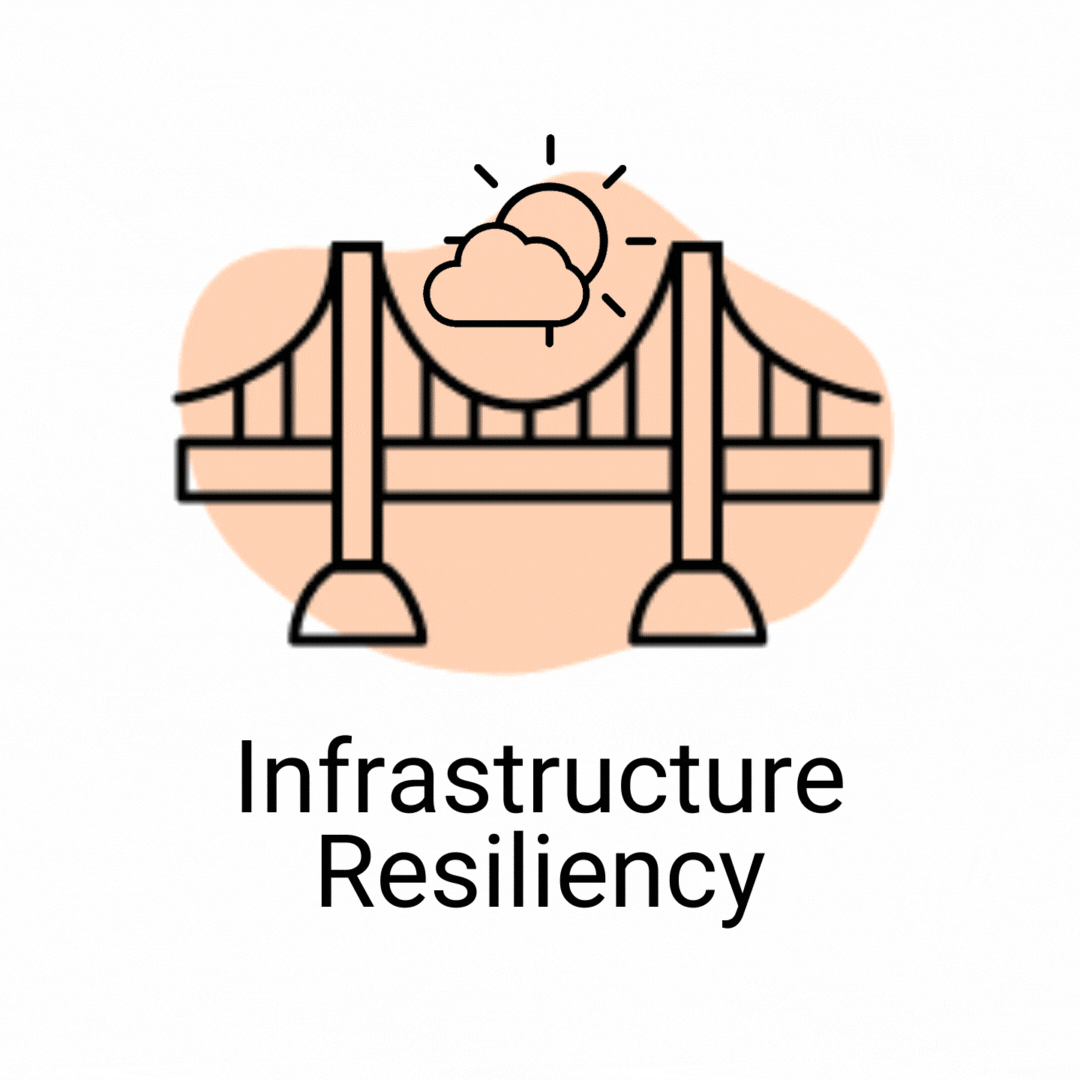Of the myriad climate change impacts, flooding is expected to have an outsized influence on public health and infrastructure. In New York City, for example, sea-level rise and high-intensity rainstorms (which convey large volumes of water to drains, leading to backups and overflows) have led to a dramatic increase in flood risk, particularly in low-lying and coastal neighborhoods. The physical presence of standing water on streets and sidewalks can impede mobility and restrict access to transportation.
Additionally, urban floodwater contains a diverse array of contaminants, including industrial and household chemicals, fuels, and sewage. Access to real-time information on flooding can improve resiliency and efficiency by allowing residents to identify navigable transportation routes and make informed decisions to avoid exposure to floodwater contaminants. While there exist commercially available sensors that detect the presence of water inside homes, there is an unmet need for hyperlocal information on the presence and depth of street-level floodwater.









